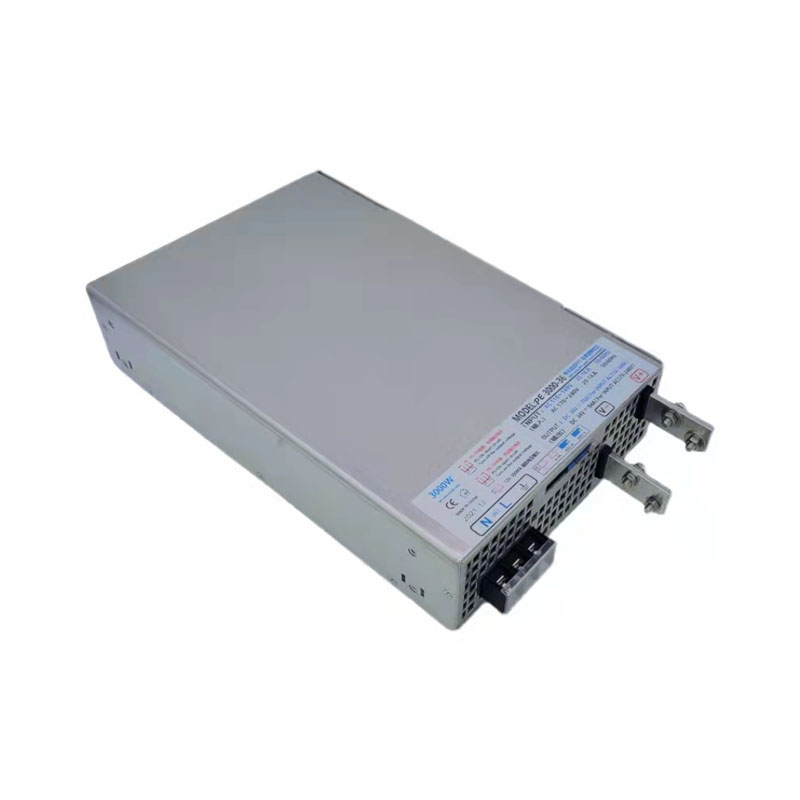Why Is a High Power Supply Critical for Industrial Applications?
2025-07-07
Introduction:
From manufacturing to medical systems, modern industries demand reliable and efficient electrical energy. That’s where a High Power Supply becomes essential. But why is it so important in today's high-demand environments?

Main Body:
1. What Is a High Power Supply?
A High Power Supply refers to an electrical power source capable of delivering high voltage and/or current output, often used to power industrial equipment, laser systems, semiconductor fabrication, EV charging stations, and more.
2. What Makes High Power Supplies Different from Standard Units?
Unlike conventional models, a High Power Supply is designed for:
Continuous high current delivery
Voltage stability under load
Advanced cooling mechanisms
Heavy-duty operation cycles
This makes them ideal for precision operations where power failure is not an option.
3. Where Are High Power Supplies Commonly Used?
Industries that rely heavily on High Power Supply solutions include:
Aerospace and defense
Medical imaging (like MRI or CT scanners)
Industrial automation
Electric vehicle charging infrastructure
Telecommunications and data centers
4. What Are the Key Benefits?
A High Power Supply provides:
High efficiency and low energy loss
Stable voltage regulation
Compact, modular designs for scalability
Integrated protection features (overload, short-circuit, overtemperature)
These features enhance safety, reduce downtime, and extend equipment life.
Conclusion:
If your operations depend on stable and high-output electricity, investing in a High Power Supply is not just beneficial — it's essential. Ensure your power source matches your system's demands for maximum performance and reliability.